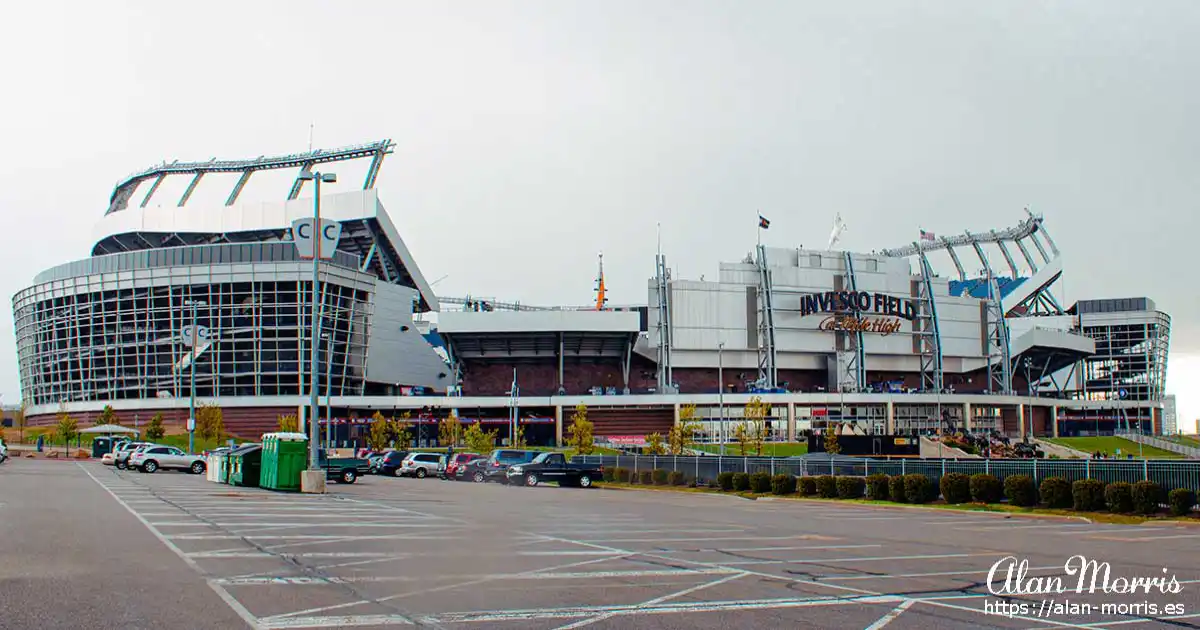Denver, Colorado, was the starting point for my National Monuments and Parks tour in 2011.
I went on a sightseeing trip in and around Denver and, in a short time, saw many interesting places.
Red Rocks Amphitheatre.
Red Rocks Amphitheatre is a naturally formed, world-famous outdoor venue fifteen miles west of Denver.
In the first decade of the twentieth century, John Brisben Walker had a vision of artists performing on a stage nestled in the perfectly acoustic surroundings of Red Rocks, which were probably used by the Ute tribe in earlier times. Walker produced several concerts between 1906 and 1910 on a temporary platform, and from his dream, the history of Red Rocks as an entertainment venue began. In addition to the platform, Walker also built the Mount Morrison Cable Incline funicular railway, which carried tourists from a base at what is today the parking lot of the amphitheatre up to enjoy the view from the top of Mount Morrison.
Geologically, the rocks surrounding the amphitheatre are representative of the Fountain Formation. Initially, the place was known as the 'Garden of the Angels' (1870s-1906), then as the 'Garden of the Titans' during the Walker years (1906–1928). The park, however, had always been known by the folk name of 'Red Rocks', which became its formal name when Denver acquired it in 1928. The amphitheatre's rocks are named 'Creation Rock' on the north, 'Ship Rock' on the south and 'Stage Rock' to the east. Denver architect Burnham Hoyt designed the Red Rocks Amphitheatre.
In 1927, George Cranmer, Manager of Denver Parks, convinced the City of Denver to purchase the area of Red Rocks from Walker for $54,133. Cranmer convinced Benjamin Franklin Stapleton, the Mayor of Denver, Colorado, to build on the foundation laid by Walker. By enlisting the help of the Civilian Conservation Corps and Works Progress Administration, labour and materials were provided for the venture. Construction of the amphitheatre began in 1936 and was completed in 1941.
The Buffalo Bill Museum and Grave.
On June 3, 1917, William Frederick Cody, aka Buffalo Bill, was buried on Lookout Mountain, a promontory with spectacular views of both the mountains and plains, places where he had spent the happiest times of his life. I went to the Buffalo Bill gravesite and museum, and have to say it is a beautiful location and a fascinating place to look around.
Central Park.
Central Park is an 80-acre area that has sports fields, extensive paths, picnic and grill areas, a playground and a pond. While looking around the park, we spent a short time looking at a monument to Martin Luther King Jr. We also passed but didn't go into the Denver Zoo and the Denver Museum of Nature and Science.
Denver Capitol Building.
We went to the Denver Capitol Building and had a look around inside the building and outside on the grounds. This is where the famous steps are with the 'mile-high' marker. On one side of the building, there is a Civil War Monument. On the opposite side of the building is a statue called the ´End of an Era´, which represents the end of the traditional lifestyle of Native Americans in Colorado and shows an Indian standing over a buffalo that he has killed.
